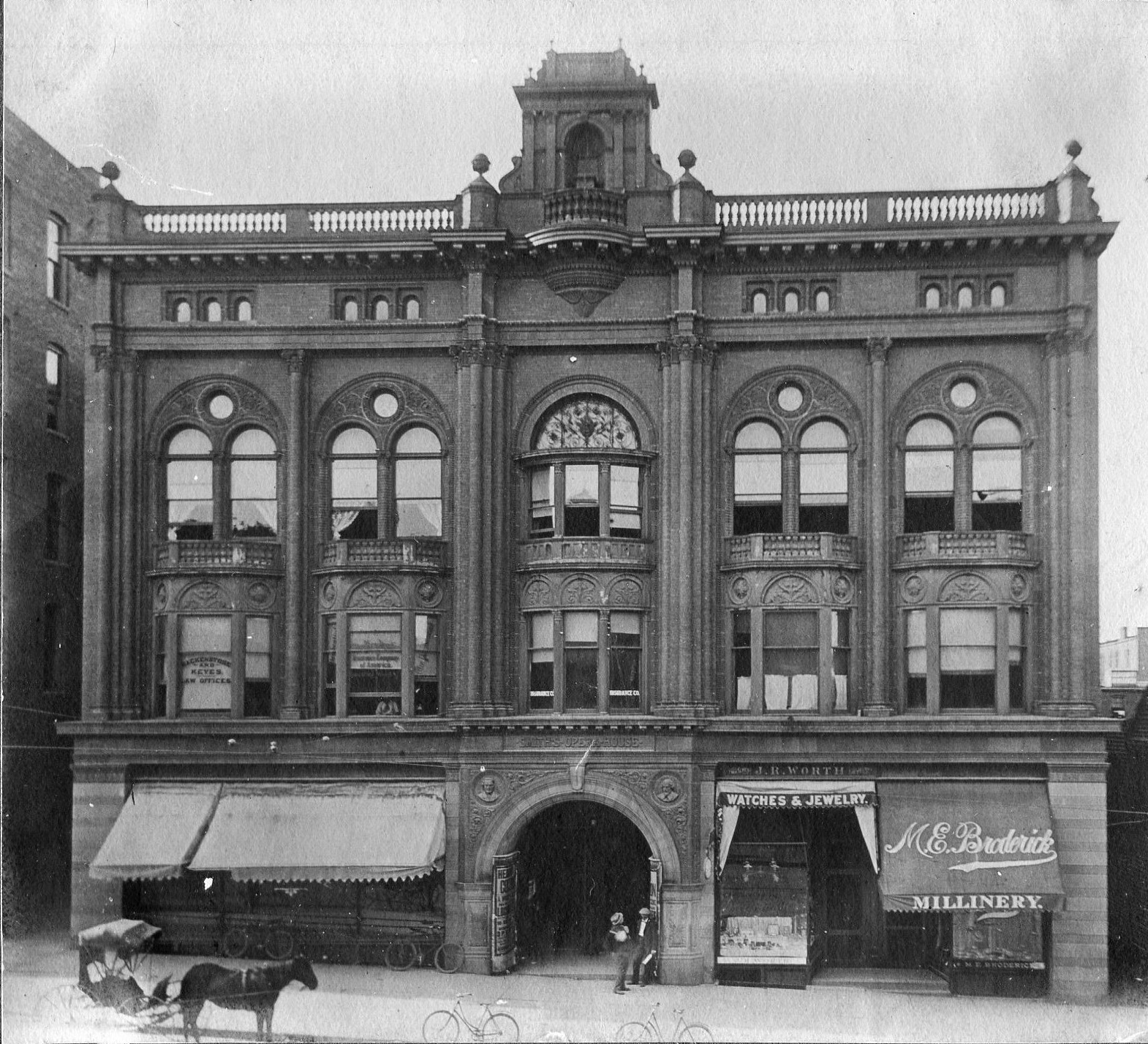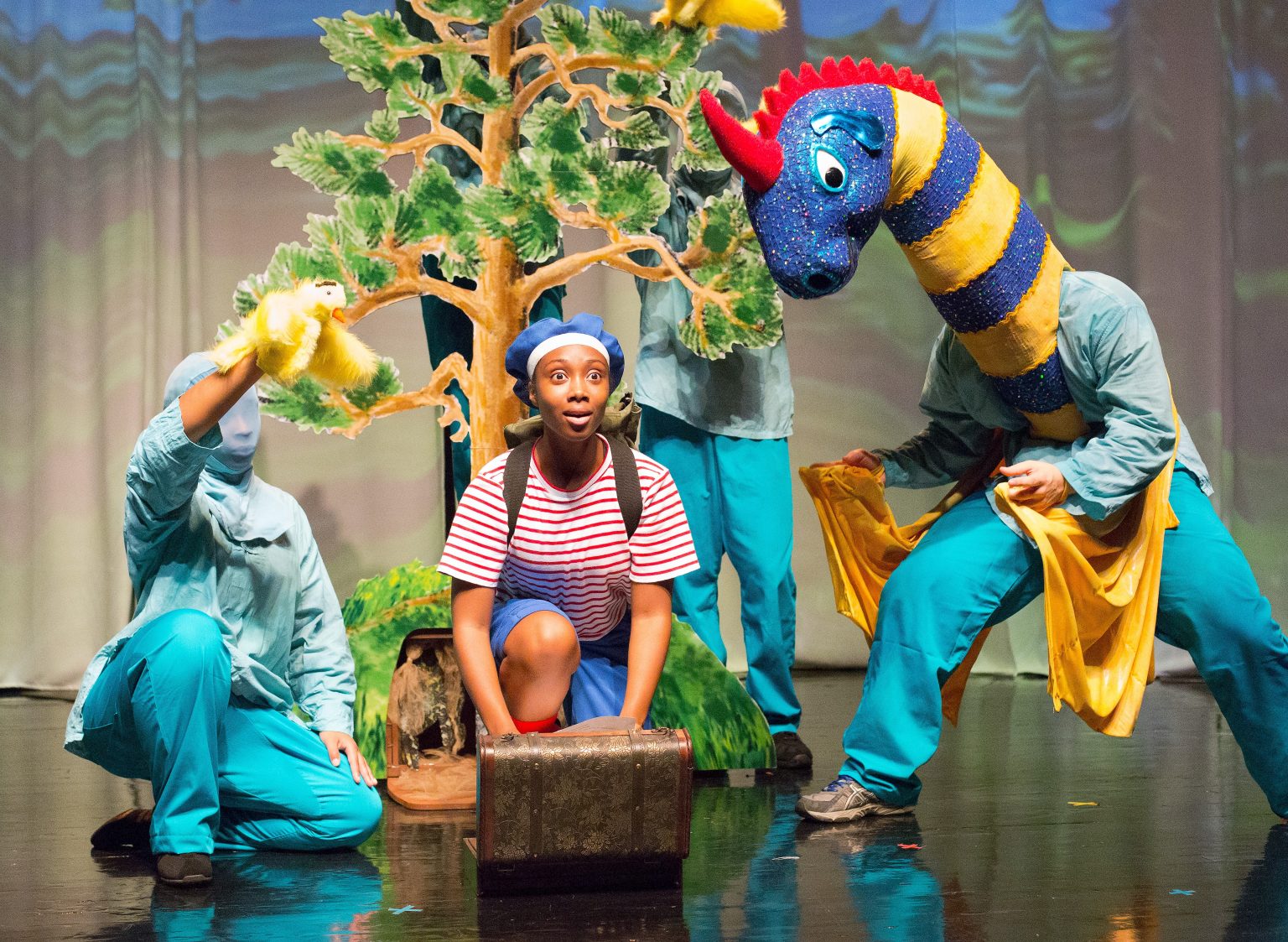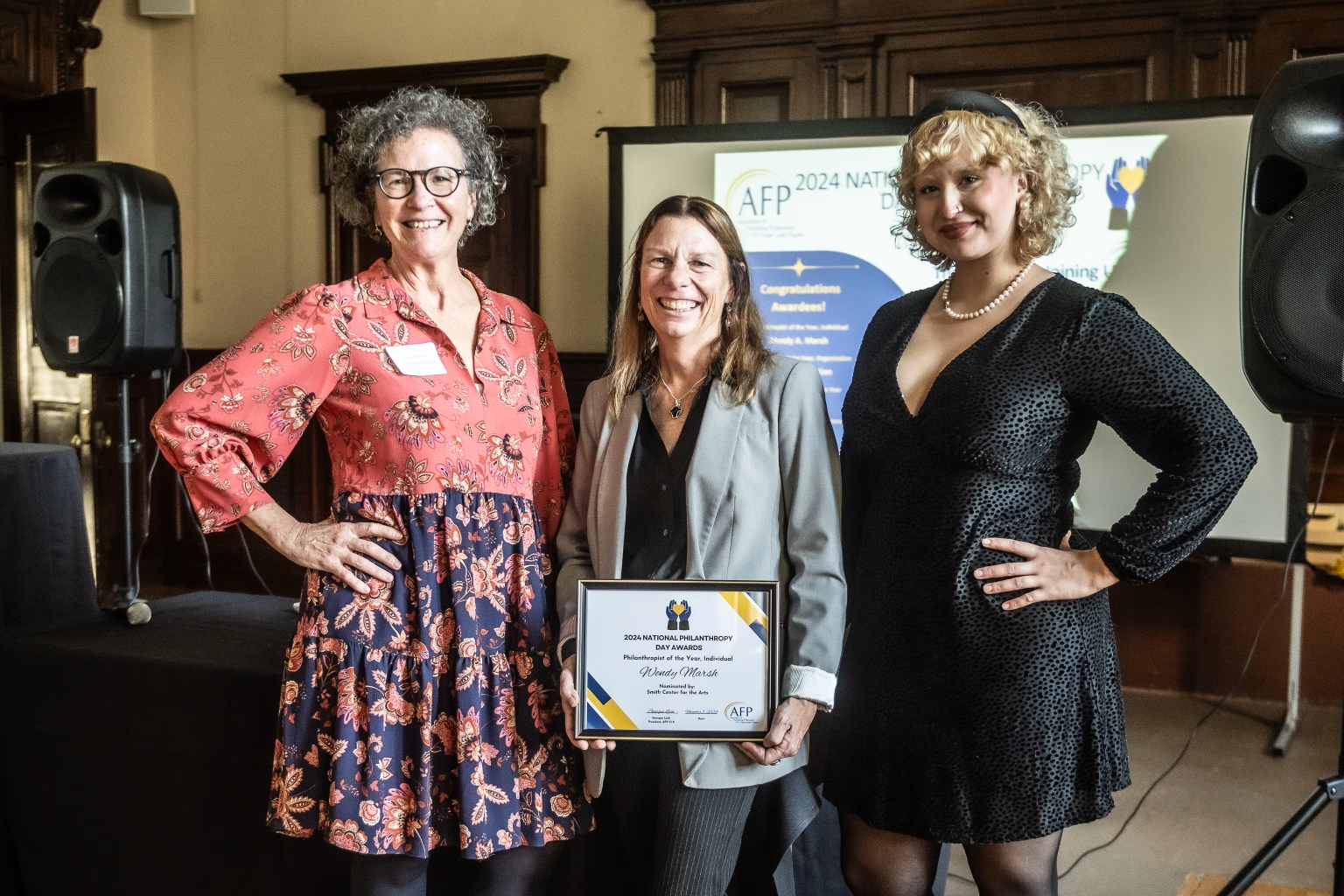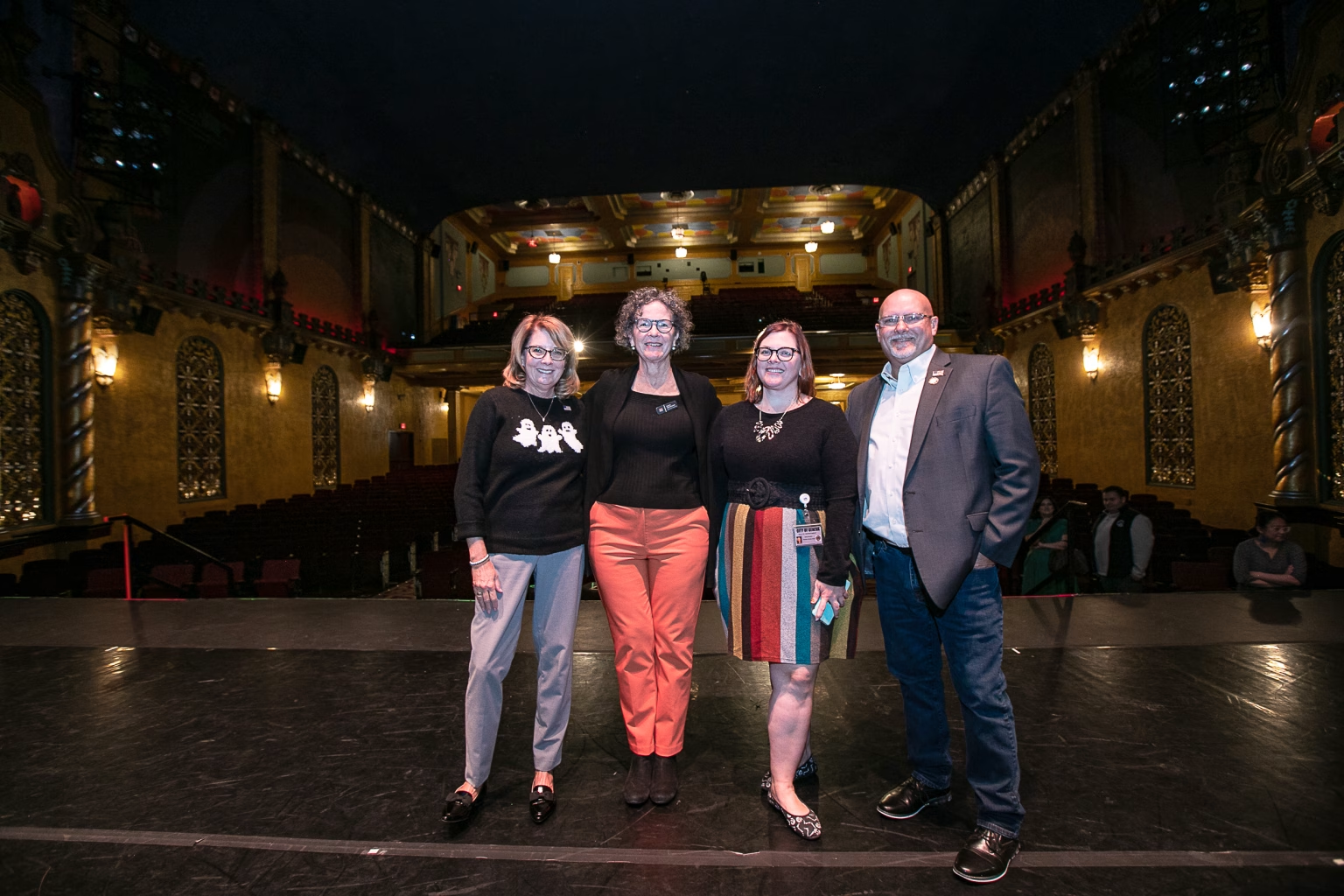The Smith Opera House turns 130 on October 29th! In celebration of its milestone birthday, the Smith is thrilled to announce a special 130th Birthday Film Series. Over the next year, this cinematic journey will take audiences on a nostalgic trip through history, featuring iconic movies from each decade since the theater’s opening in 1894. From silent films of the early 20th century to beloved blockbusters of the 21st, this monthly series offers something for everyone, paying tribute to the art of film and the Opera House’s long-standing role as a cultural hub in Geneva.
The 130th Birthday Film Series kicks off on October 24 with Moulin Rouge! (set in 1899). Baz Luhrmann’s vibrant musical reimagines the bohemian world of turn-of-the-century Paris with a whirlwind of color, music, and romance.
On November 14, the series continues with Hugo (set in 1931), which pays tribute to the pioneering 20th-century filmmaker Georges Méliès. Directed by Martin Scorsese, Hugo follows a young orphan who uncovers the magic of cinema through Méliès’ legendary works.
Then, on December 20, Joyeux Noël (set in 1914) brings to life the remarkable true story of the Christmas Eve truce during World War I, when soldiers on both sides of the trenches laid down their arms to celebrate together.
The series will continue into late 2025, featuring a variety of cinematic gems, including a silent film screening with a live orchestra, to be announced soon. Tickets for each film are $8.95 – $12.93. All films will be seated general admission- first come, first served. Tickets can be purchased here.
In addition to the birthday movie series, the Smith has a stellar lineup of October events to help celebrate this monumental year:
Celebrating Meat Loaf – Thursday, October 17, 2024: Fans of the legendary rocker Meat Loaf will not want to miss this special tribute event. Experience the theatricality, music, and larger-than-life performances that made Meat Loaf a rock icon. This tribute stars “American Idol” winner and recording artist Caleb Johnson.
Spirits of The Smith: Paranormal Investigation – Friday, October 13, 2024 (SOLD OUT): During this sold-out paranormal investigation, guests will have the chance to explore The Smith’s alleged haunted history. Led by Pride Paranormal NY, a team of paranormal investigators, participants will search for spirits and uncover the spooky secrets of the Smith. Due to the popularity of this event, the Smith Opera House is hoping to host another investigation soon—giving more curious guests the opportunity to delve into the theater’s eerie past.
The Rocky Horror Picture Show with Shadow Cast – Saturday, October 26, 2024: Get ready for the ultimate interactive experience with a screening of the cult classic The Rocky Horror Picture Show, complete with a live shadow cast. Audience participation is encouraged—come in costume! Prop bags are available for purchase online in advance or at the concessions bar prior to the show.
The Soul Rebels – Saturday, November 2, 2024: Known for their infectious grooves and explosive live performances, this eight-piece band from New Orleans takes traditional brass band sounds to thrilling new heights. Having collaborated with legends like Nas, G-Eazy, and Robert Glasper, The Soul Rebels are renowned for their dynamic fusion of genres, guaranteed to get the crowd moving. They have also scored original music for Walt Disney’s 2023 Haunted Mansion movie and appeared on the official soundtrack for Universal Pictures’ hit comedy Girls Trip.
The Smith Center for the Arts, stewards of the historic Smith Opera House, provides diverse arts and educational enrichment opportunities year-round for Finger Lakes residents and visitors. To learn more about events offered by The Smith Center for the Arts visit thesmith.org, or visit or call our box office for phone and in-person sales, 10am-4pm, Tuesday-Friday. The Smith Opera House is at 82 Seneca St. in Geneva, NY. Please email boxoffice@thesmith.org or call (315) 781-5483.





